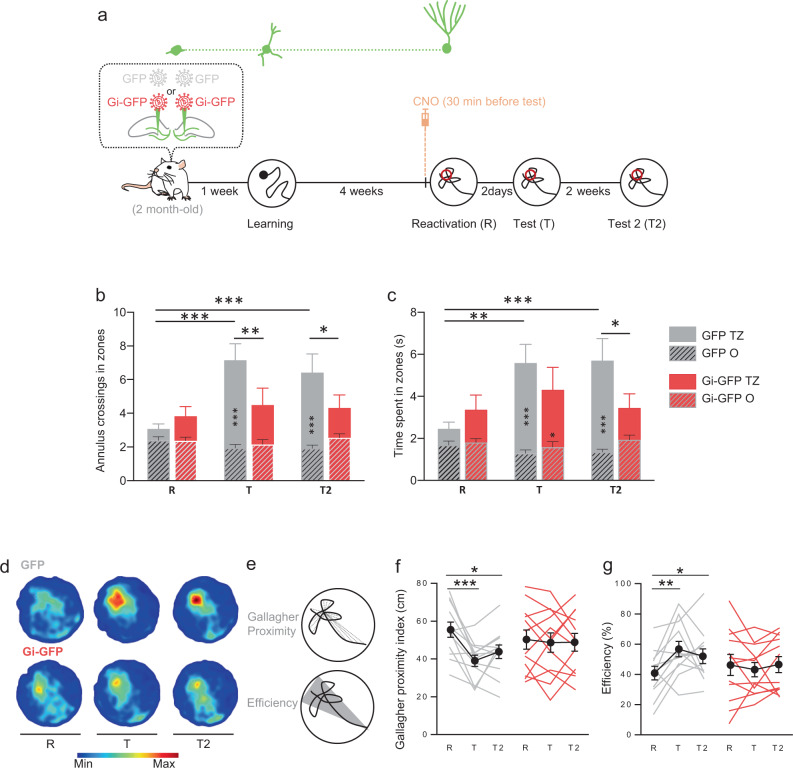Fig. 6. Silencing during reconsolidation, neurons that were immature at the time of learning, impairs memory update.
a Experimental protocol: 2-month-old rats were injected with Gi-GFP RV (n = 12) or its control GFP RV (n = 12) 1 week before MWM training. Rats were trained for 6 days and memory was reactivated 4 weeks later. Thirty minutes before reactivation, rats were injected (i.p.) with 1 mg/kg CNO. Memory was tested 2 days later (Test) and again 2 weeks later (Test 2). At the end of each reactivation and test sessions, the Atlantis platform (indicated by ○) raised and rats were put on the platform for 30 s. b, c Cross entries and time spent in the MWM zones (T: Target zone; O: others zones). The reactivation with the Atlantis platform led to an increase in the number of entries and the time spent in the target zone at the test for the GFP control rats at test T and T2 (Tukey’s test: *p < 0.05, **p < 0.01, ***p < 0.001). Atlantis reactivation had no effect on Gi-GFP performances at the tests. GFP rats enter more and spent more time in the target zone during tests than Gi-GFP rats (Tukey’s test: *p < 0.05, **p < 0.01). d Density plot for grouped data: The color level represents the lowest (Min) to the highest (Max) location frequency in pixels. e Gallagher Proximity: Average distance of rats from the former platform during the first 20 s. Efficiency: Percentage of distance crossed in the represented triangular zone. f, g Gallagher Proximity and Efficiency during reactivation and tests. Atlantis reactivation led to an increase in Gallagher and Efficiency performances at the tests for the GFP control rats (Tukey’s test: *p < 0.05, **p < 0.01, ***p < 0.001). Atlantis reactivation had no effect on Gi-GFP performances at the tests. All data shown are mean ± s.e.m. For statistical details, see Table S1.

